Latest
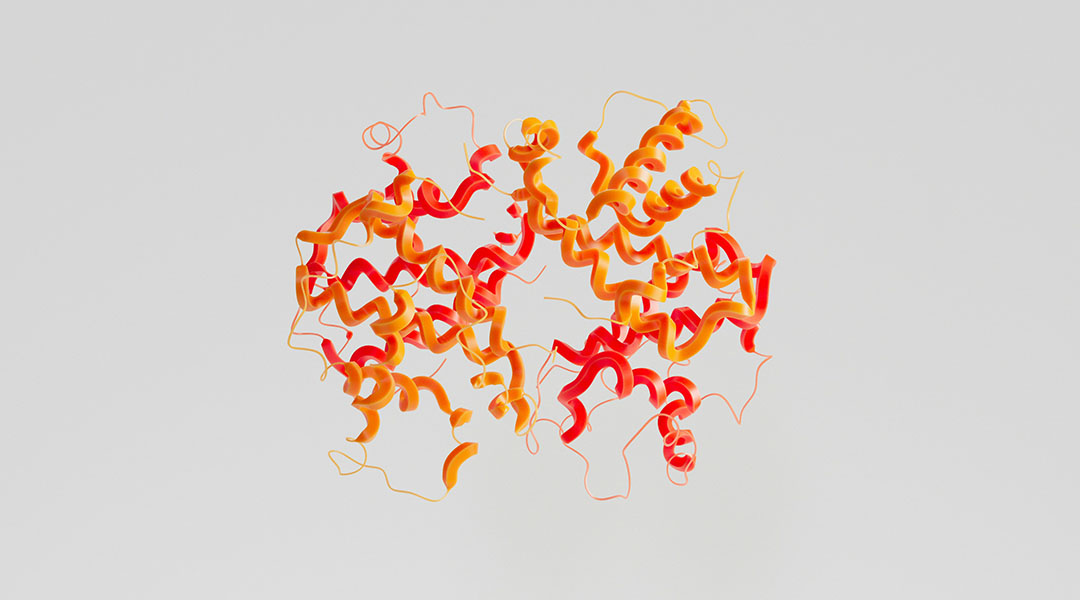
Higher hemoglobin levels linked to increased risk of polycystic ovary syndrome
A new study identified the potential pathway responsible for linking high hemoglobin to polycystic ovary syndrome.
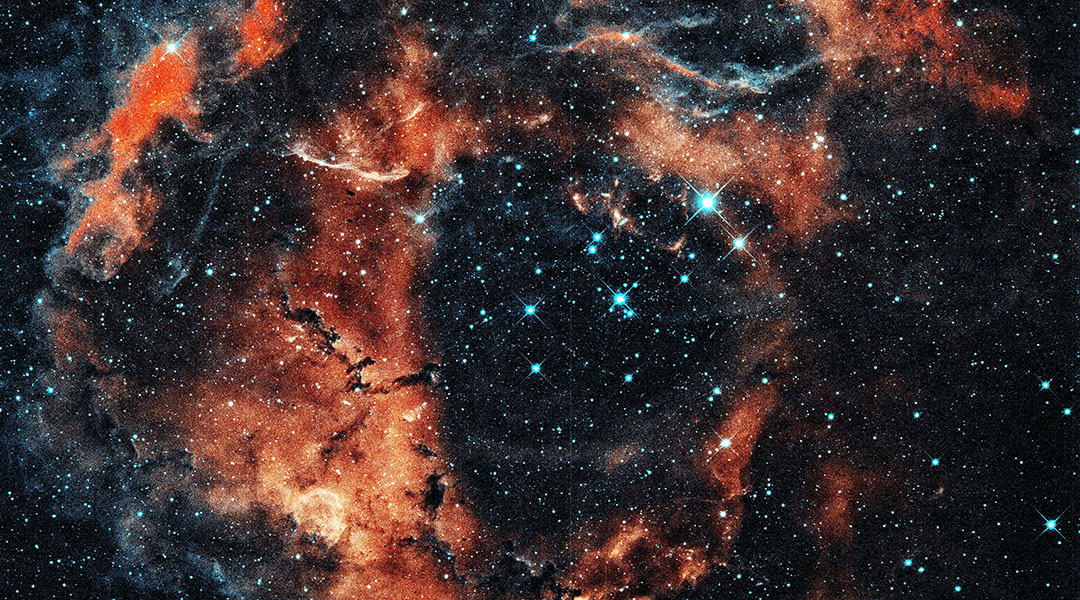
Water may have formed shortly after the Big Bang
Computer simulations show that water likely appeared in the Universe much earlier than previously thought.
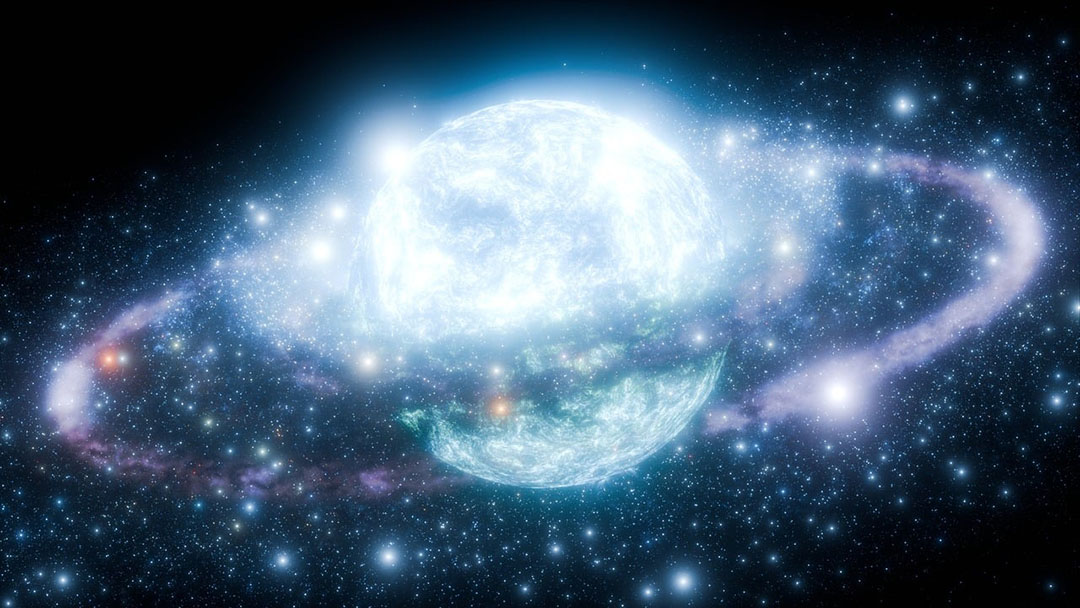
New calculation sheds light on the structure of neutron stars
Scientists figure out how different factors, like temperature, density, and pressure, relate to each other in the matter inside neutron stars.
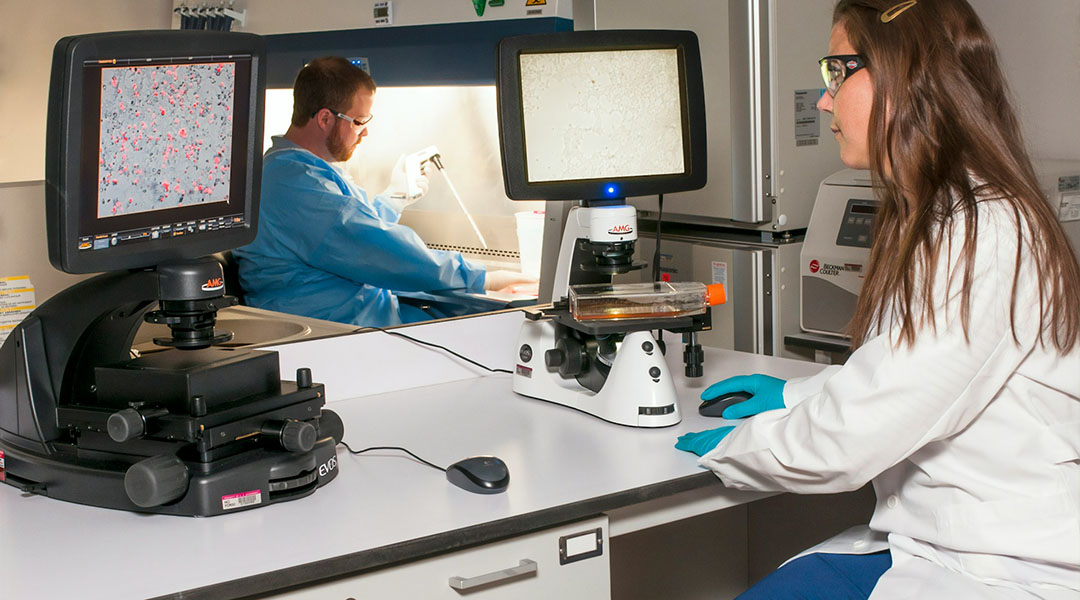
New potential nanocarrier cancer vaccine could rescue immune response against melanoma
A new nanocarrier-based cancer vaccine used for the treatment of an aggressive and lethal form of skin cancer has been tested on mice, showing promising results.
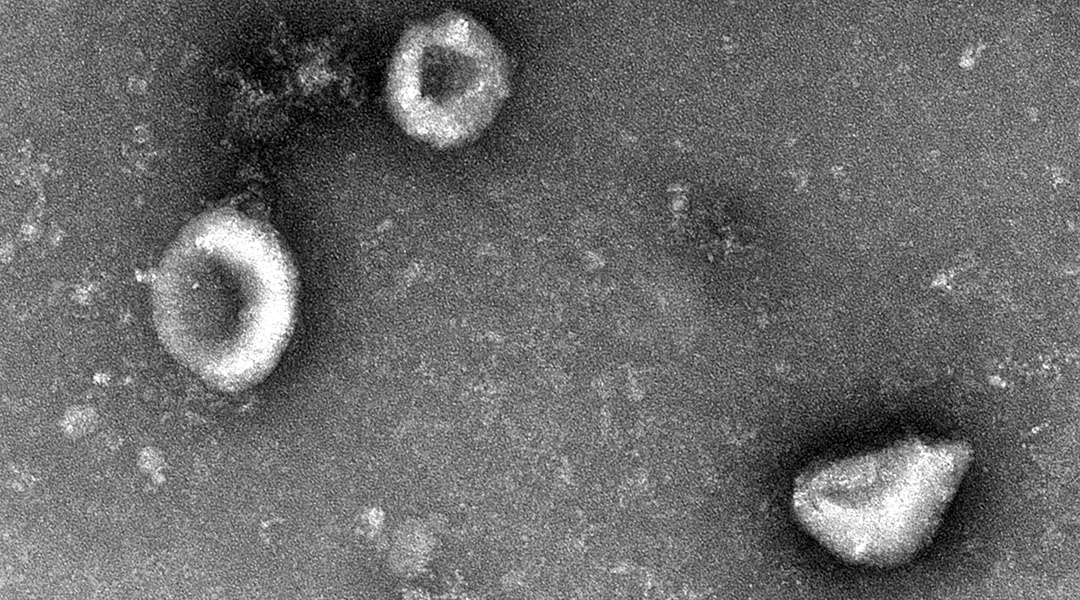
Smart nanoparticles shut down cancer’s energy supply to stop it from spreading
A nanoparticle targets mitochondria in cancer cells, offering a promising new strategy to tackle chemotherapy resistance tumor spread.
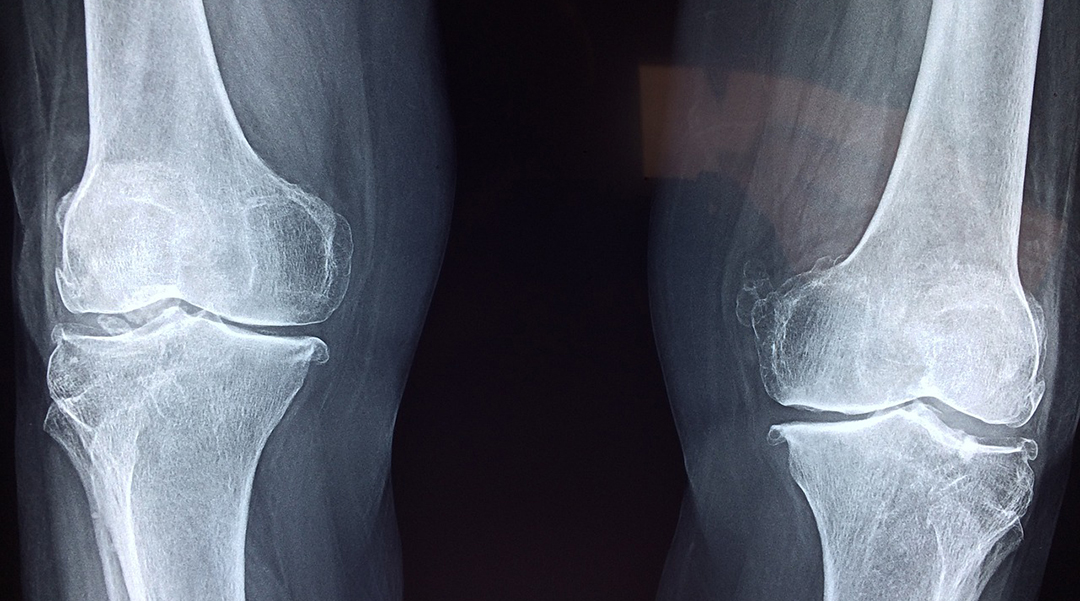
Chirality could be the key to successful bone repair
Bone implants integrate better with the body when they mimic the natural handiness of molecules that make up our bones.
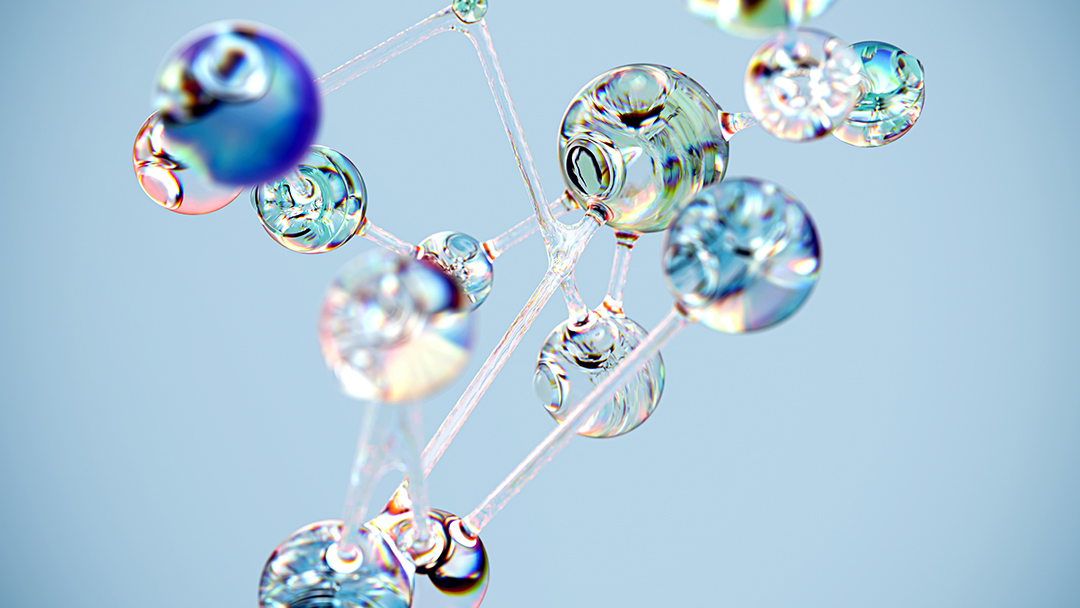
Computer system helps scientists understand how cancer could be reversed
BENEIN is a computer network that can identify the master regulators that cause normal cells to go cancerous.
ASN Weekly
Sign up for our weekly newsletter and receive the latest science news directly to your inbox.
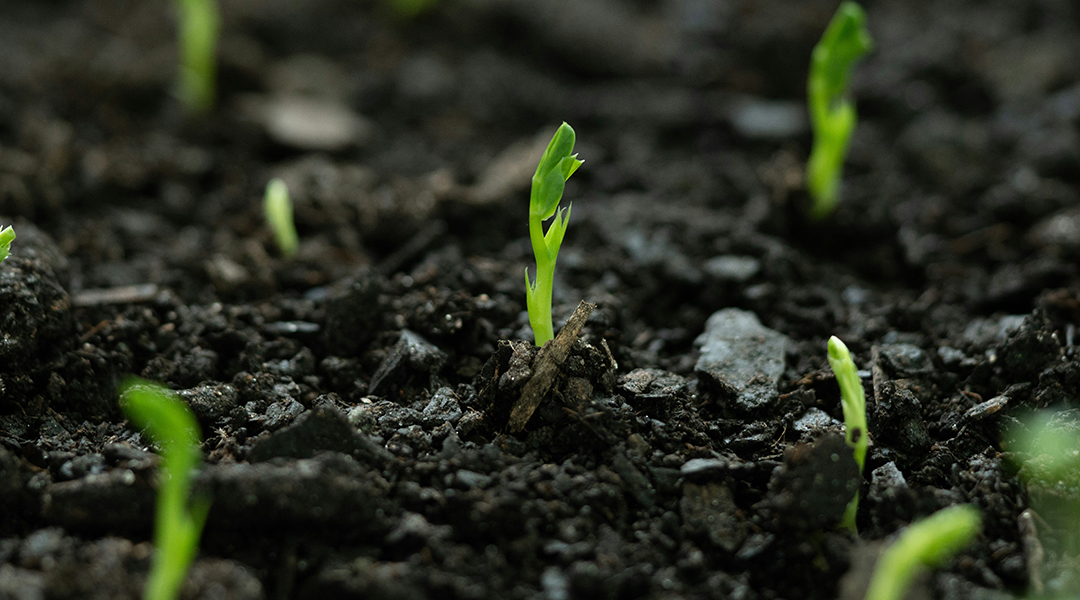
The threat beneath our feet: How soil microbes are losing the battle against crop disease
Just like our gut has helpful microbes, so too does the soil around plant roots. But what happens when antibiotics disrupt this balance?

An advanced 3d printer is helping build reliable quantum communication
A state-of-the-art printer with nanometer-scale precision enables the production of quantum emitters, advancing secure quantum communication.
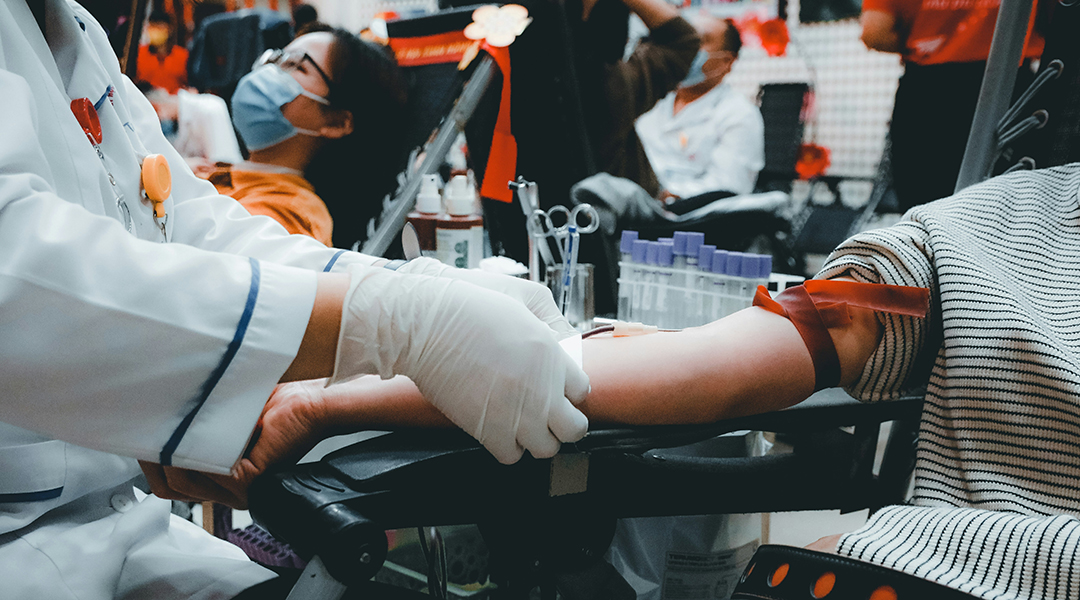
Engineered blood cells could eliminate blood type matching to solve donor shortage
Taking inspiration from plankton, researchers create engineered blood cells that are an important step toward a universal blood supply.
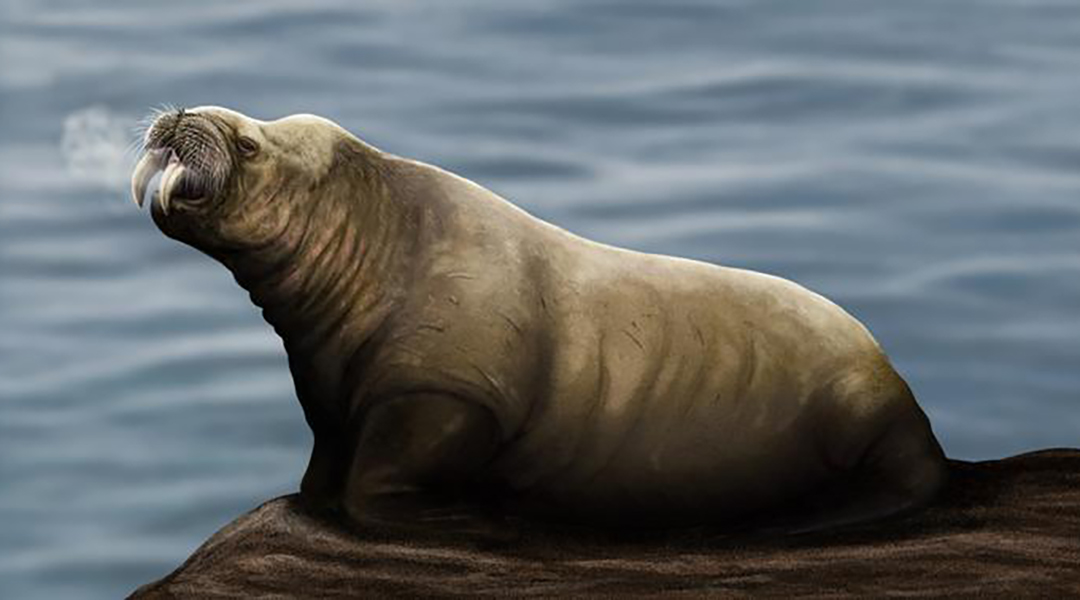
Extinct walrus-like species identified from old mandibles
The extinct species, named Ontocetus posti, lived nearly two million years before the modern walrus emerged.
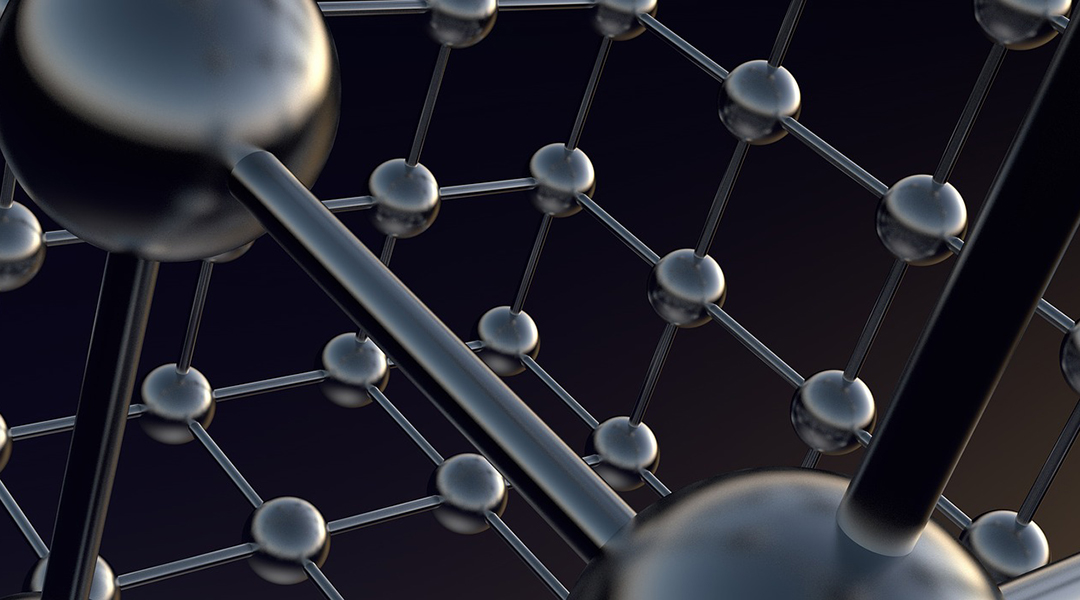
Scientists hope a new take on superconductivity could spark more advances in the field
Understanding this unique form of superconductivity is crucial and could lead to exciting applications, like functional quantum computers.
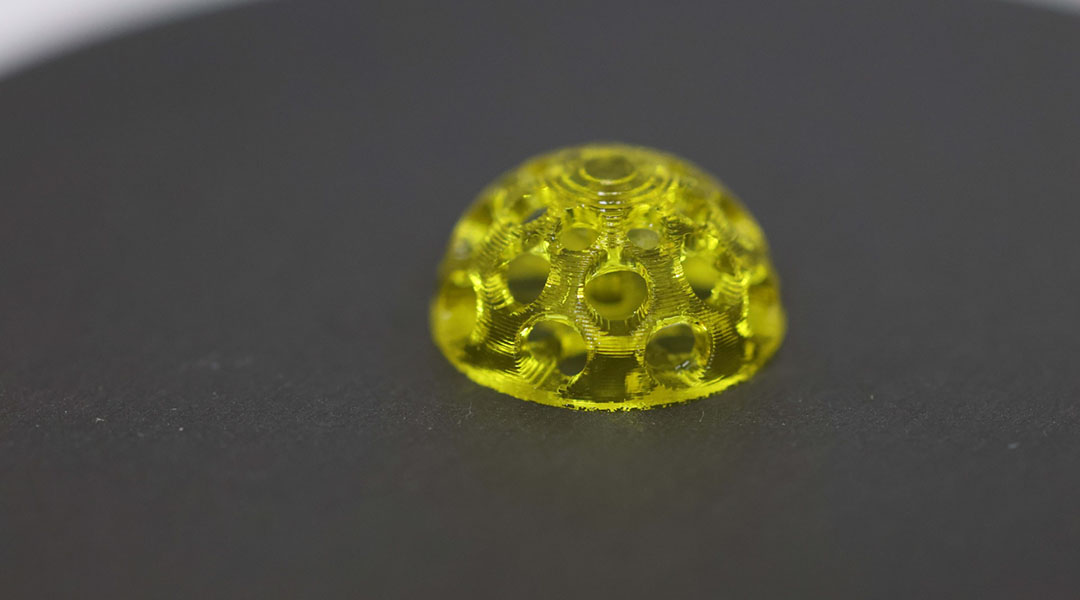
This 3D-printed breast implant could help stop breast cancer relapse
The customizable implant releases an anticancer drug in the presence of new tumors that might go undetected by MRI.

String theory provides a new take on the expansion of the Universe
String theory could reshape our understanding of the Universe’s accelerating expansion and unlock the mysteries of dark energy.
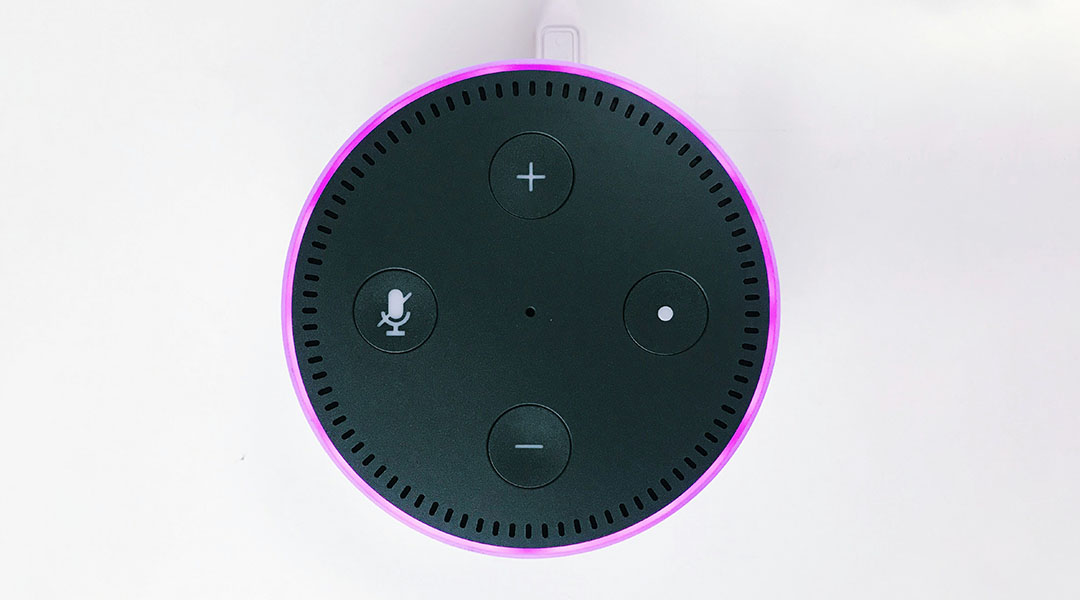
Do voice assistants help alleviate loneliness?
Scientists explored whether evidence backs up the growing belief that voice assistants like Alexa can alleviate loneliness, especially in the elderly.
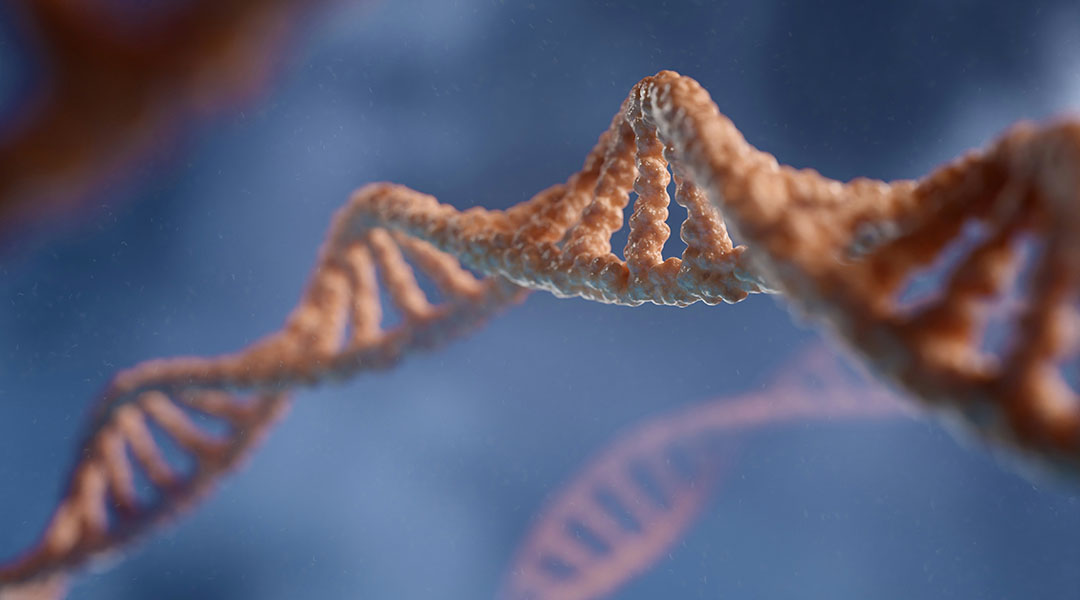
Researchers explain the intricate interactions that shape DNA organization
Scientists uncover how the complex interactions between nucleosomes influence DNA’s organization in chromosomes.
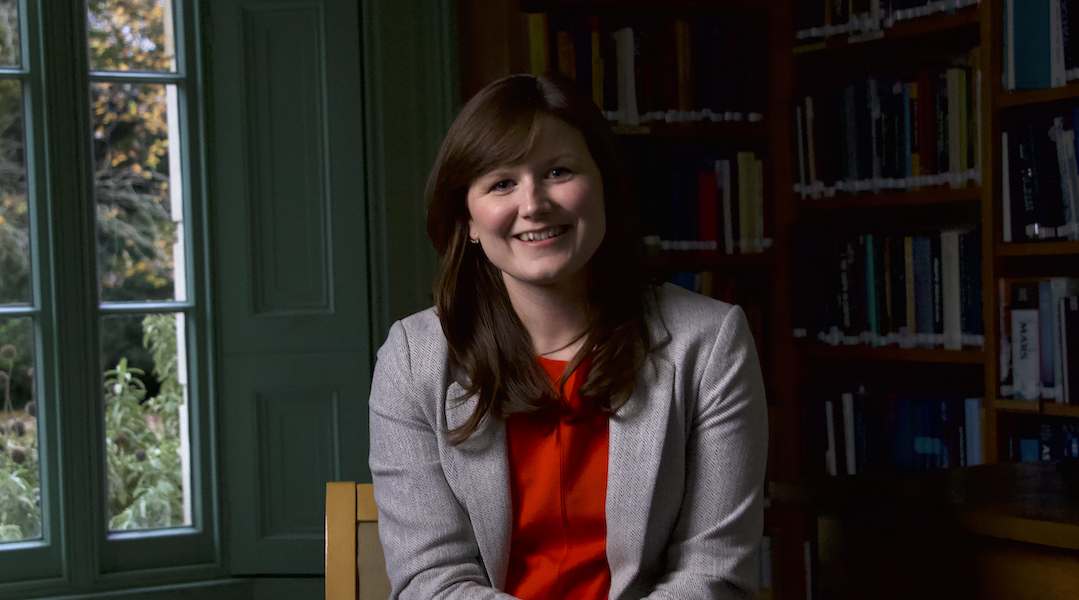
Becky Smethurst: “My hobby is my job, with a bit of extra stress”
Your “friendly neighborhood astrophysicist” Becky Smethurst is enthusiastically exploring the universe and educating us along the way.
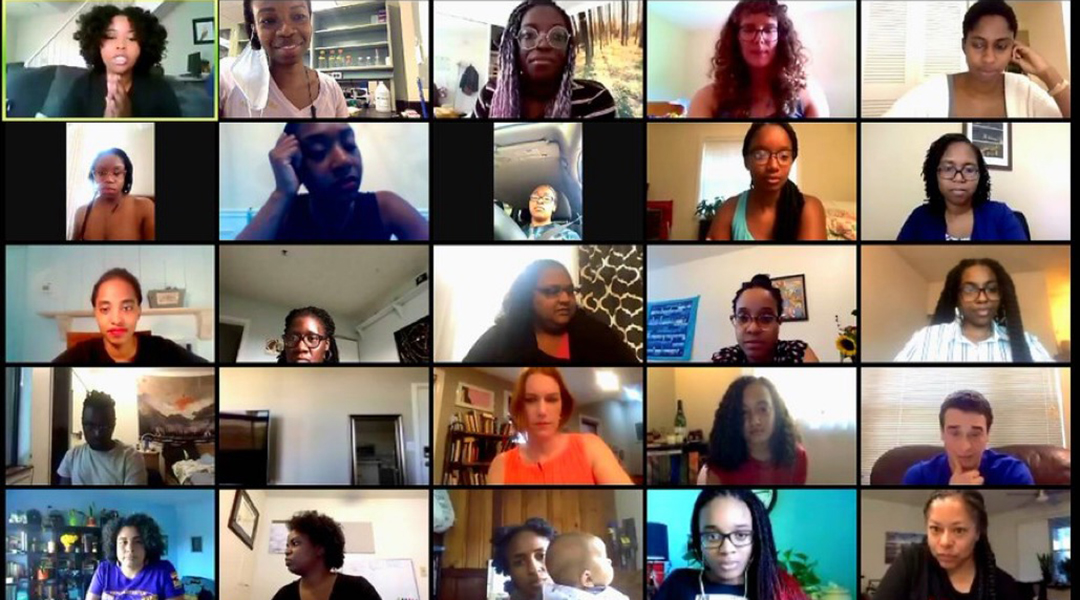
#BlackinChem 2021: Everything you need to know
Last August, #BlackinChem took the world by storm. This year, we spoke with two of the event’s organizers, Devin Swiner and Zemen Berhe, to learn more about what’s in store.
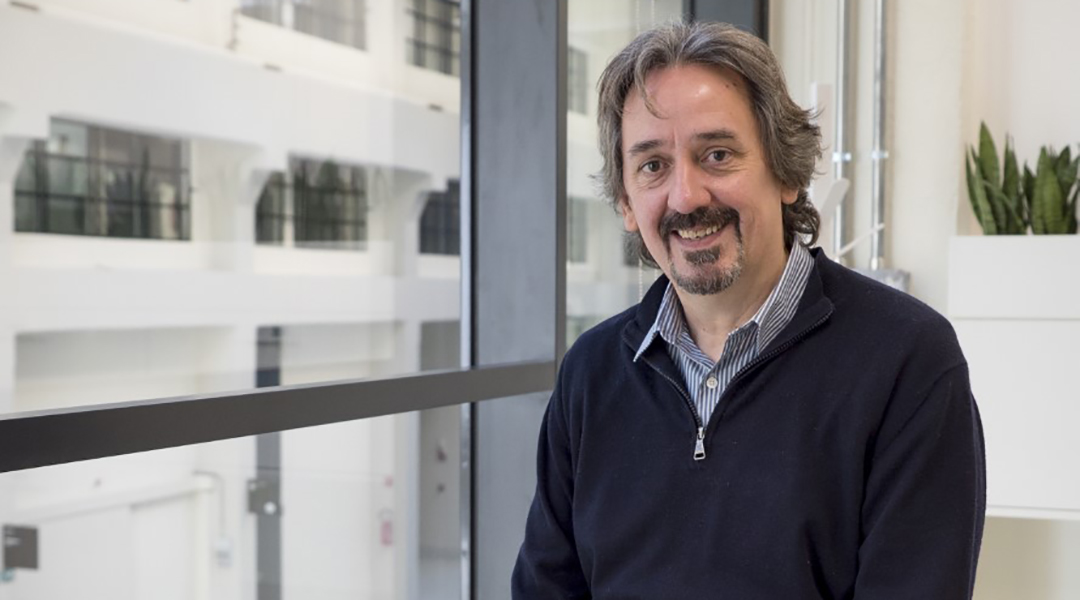
Albert Zink: Mummies link us to the past
Albert Zink, director at the Institute for Mummy Studies, investigates remains from the past to bring ancient stories to life.

André Isaacs: “Be okay with making mistakes”
Through teamwork and respect, Isaacs is forming lasting relationships with his students and building a community around dance.
No Results Found
The page you requested could not be found. Try refining your search, or use the navigation above to locate the post.
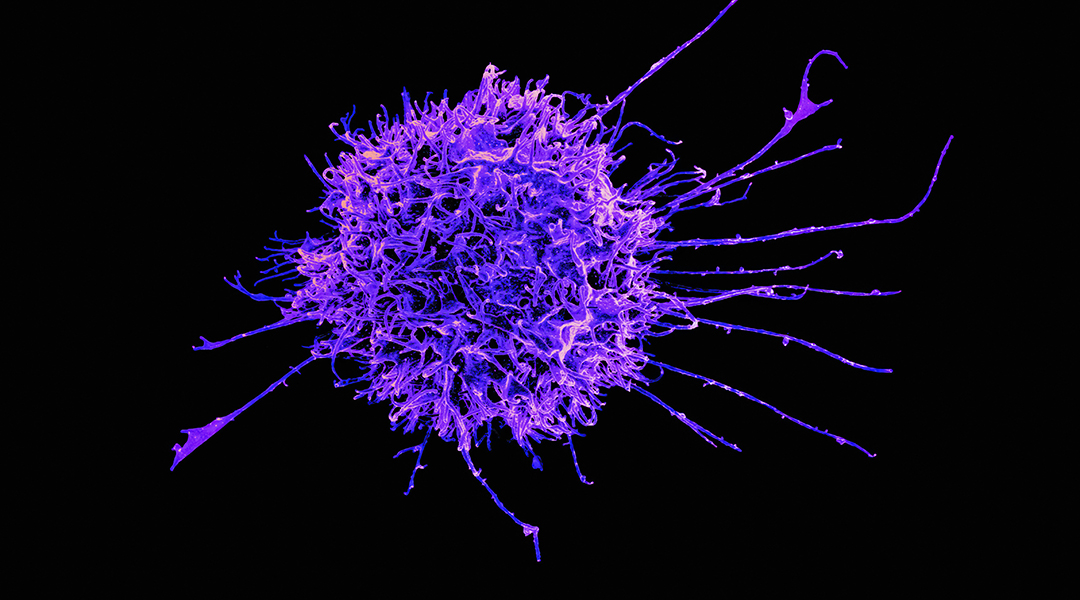
What immune cells eat can determine how well they do their job
A new link between what cells feed on and their gene activity could have huge implications in cancer research and beyond.
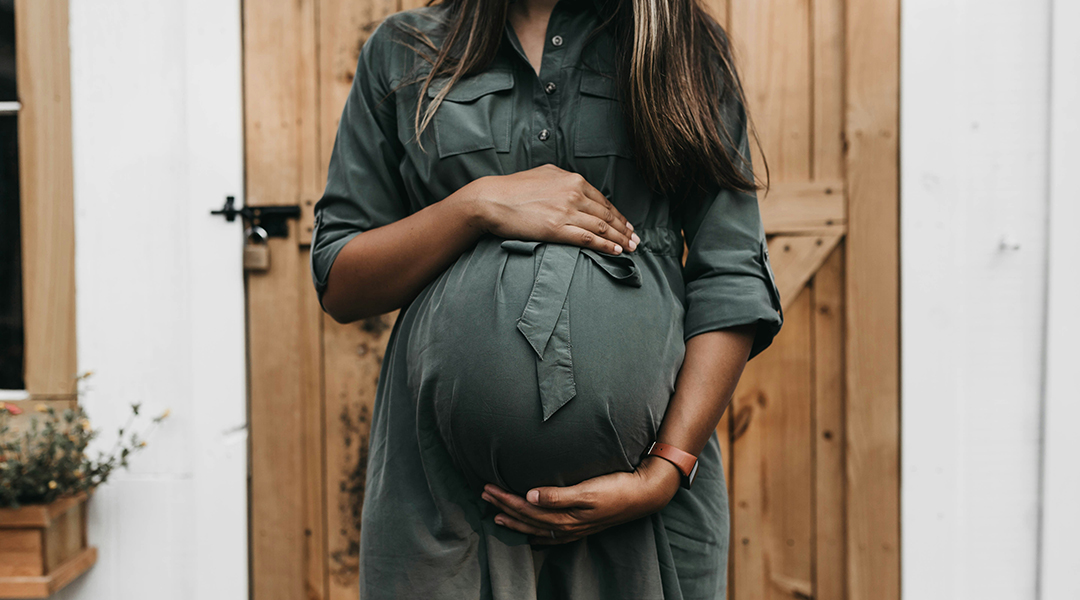
The surprising link between saliva and stress during pregnancy
Scientists find unique combinations of oral microbes can help identify states of stress in pregnant individuals.

Women with a genetic risk of depression are more likely to suffer from heart disease
Data from over 300,000 participants has revealed a potential genetic link between depression and cardiovascular disease in women.
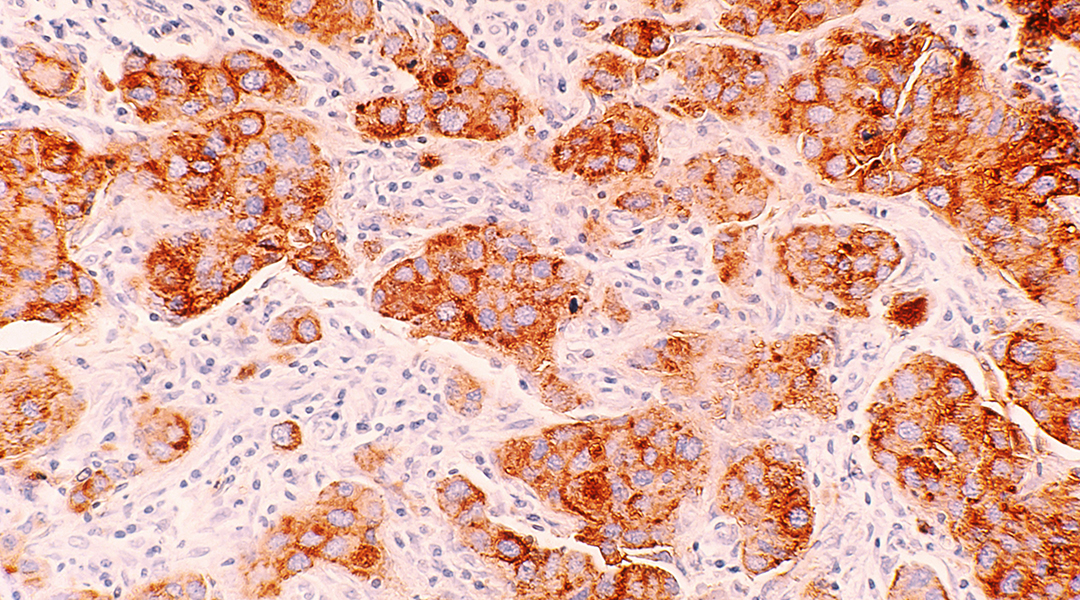
Blood pressure drug shown to treat triple-negative breast cancer in mice
A new study reveals that lacidipine, a common antihypertensive medication, slows tumor growth in triple-negative breast cancer.

Metasurfaces could shrink spectrometers, transforming how we observe the Universe
Metasurfaces to detect terahertz radiation are making spectrometers smaller, lighter, and more efficient for space travel.
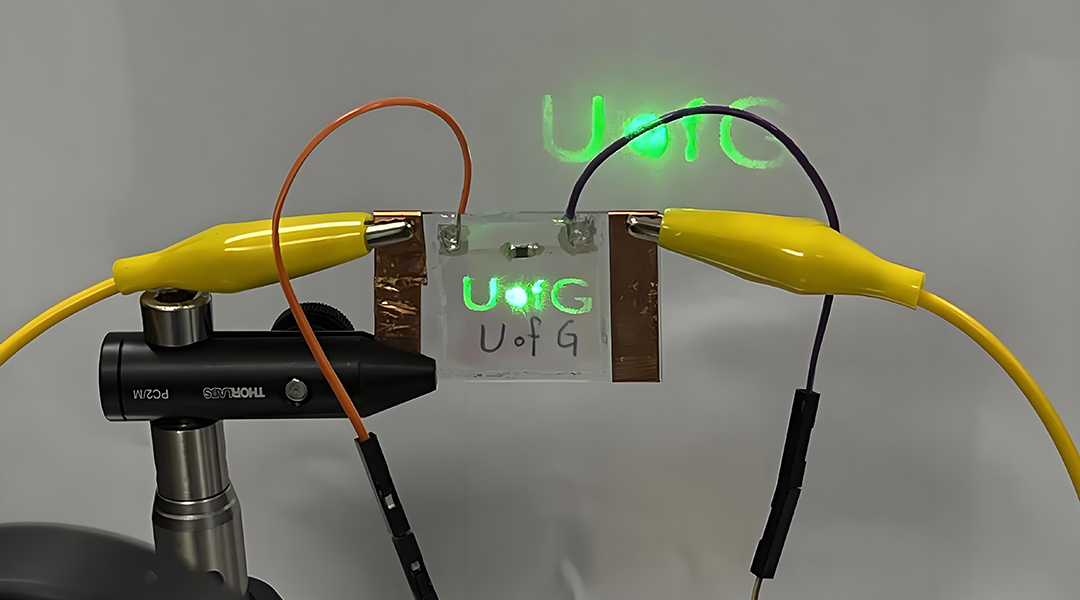
Liquid crystals bring a smoother switch between augmented and virtual reality
Temperature-sensitive materials seamlessly switch between VR and AR in headsets, paving the way for better extended reality experiences.
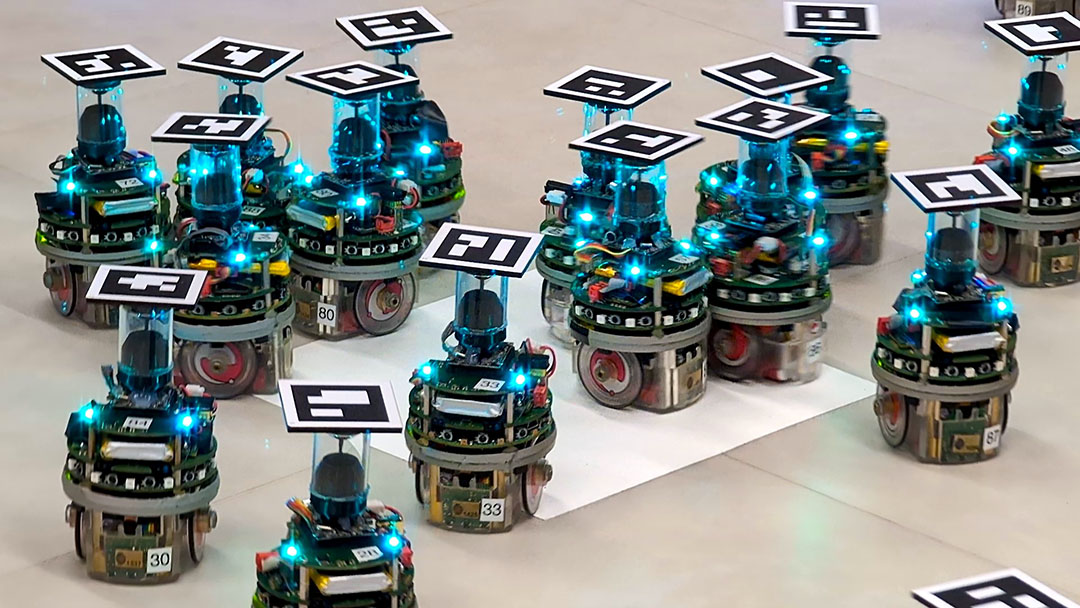
Autonomous robot swarms come together to perform a variety of missions
Researchers have developed an optimization program to design the behavior of small e-puck robots to allow them to work in unison.
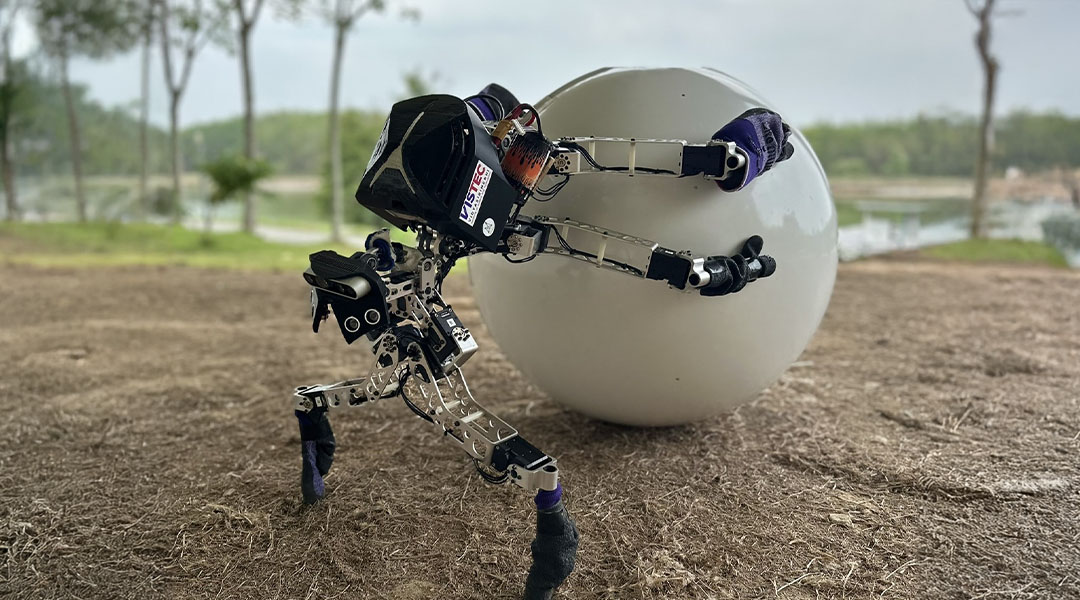
Dung beetles inspire a new generation of robot
Robots modelled after dung beetles leverage nature’s ingenuity with efficient, space-saving object-rolling mechanics.
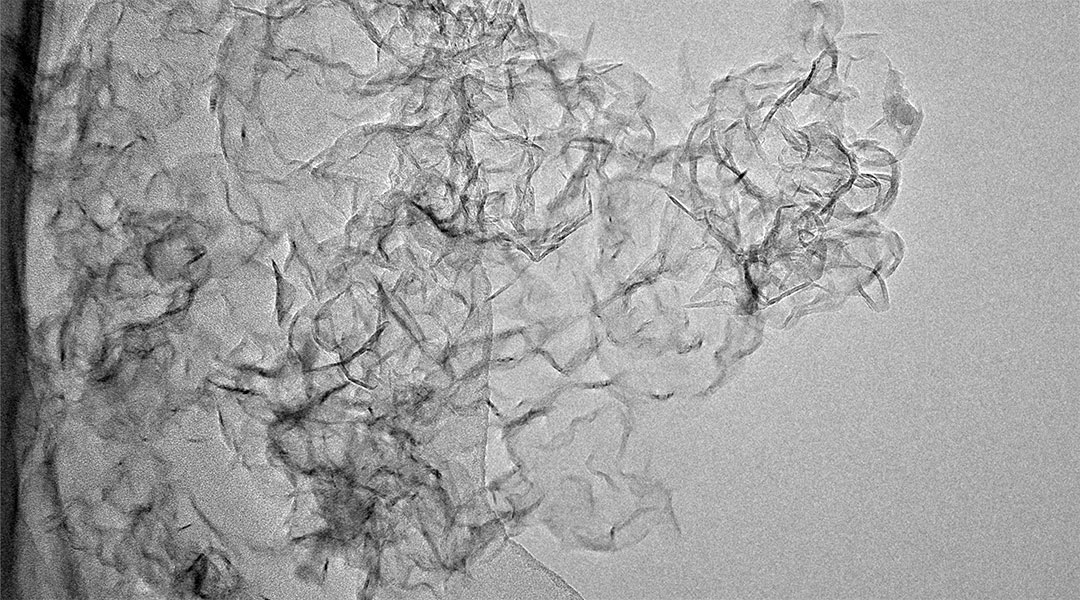
How can we spur plastic upcycling? Turn it into something valuable
Scientists convert harmful microplastics into valuable graphene using plasma, offering a promising solution for this type of pollution.

The threat beneath our feet: How soil microbes are losing the battle against crop disease
Just like our gut has helpful microbes, so too does the soil around plant roots. But what happens when antibiotics disrupt this balance?
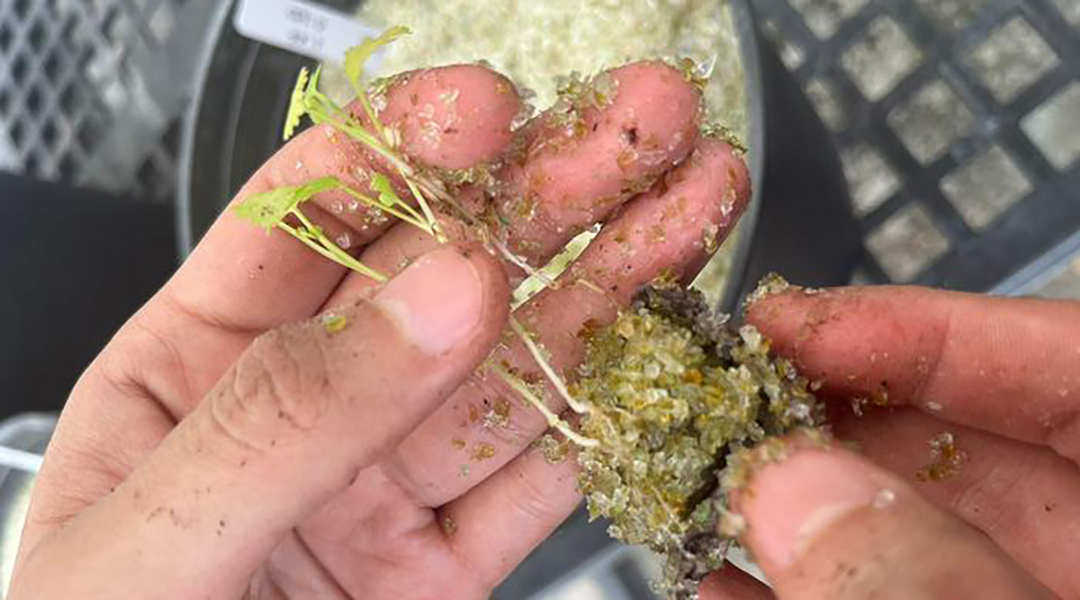
Crushed glass replaces soil in this innovative approach to sustainable agriculture
Pilot study explores how recycled glass is being used to grow salsa ingredients, protect coastlines, and safeguard the future of farming.
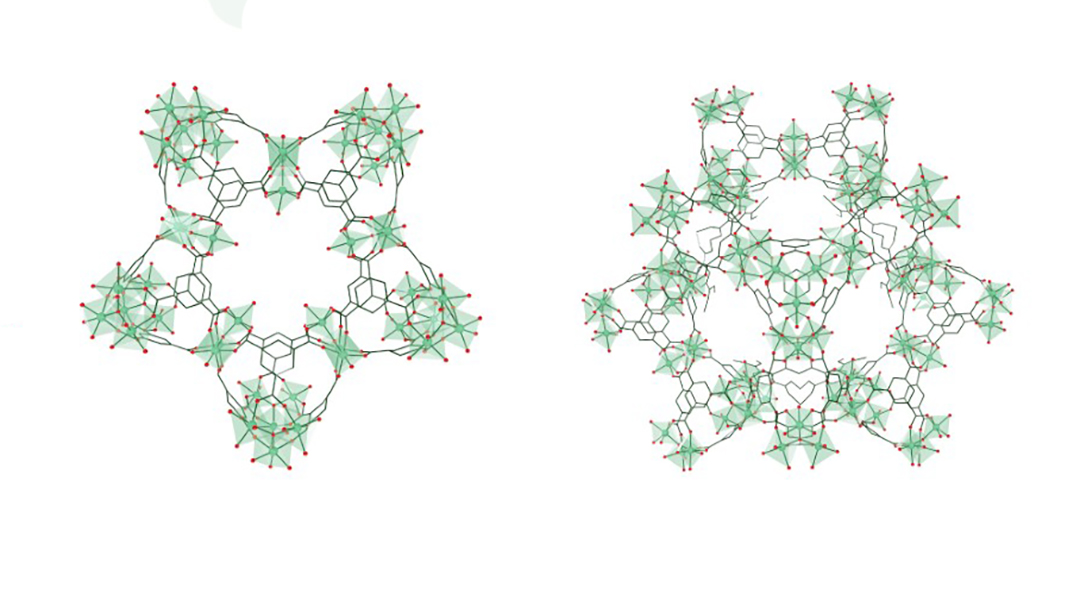
Catalyst removes NOx pollutants at room temperature
A new material converts NOx environmental pollutants into harmless byproducts without the need for any heat.
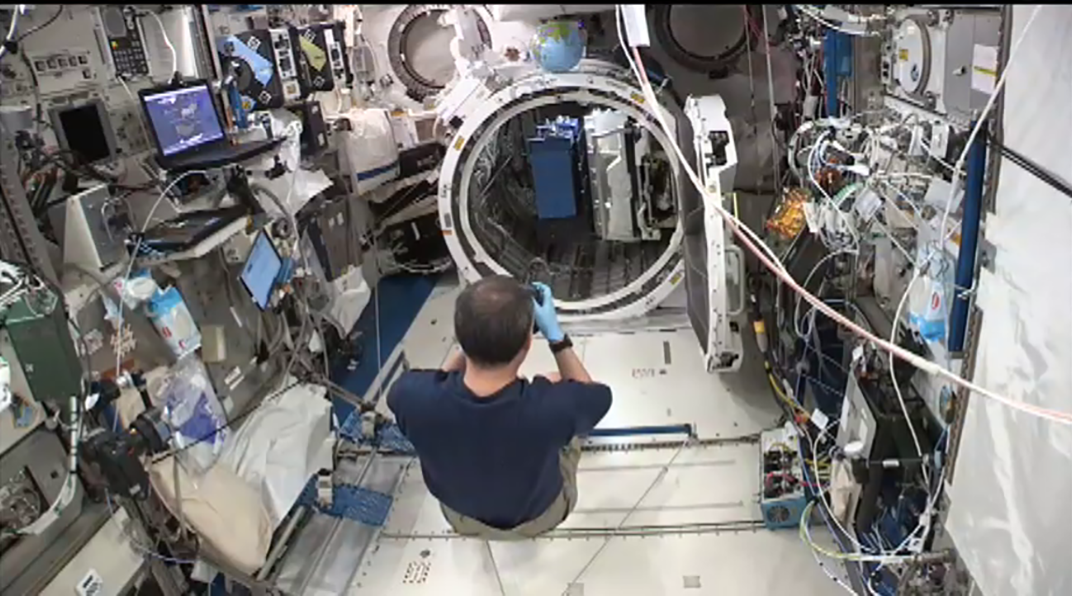
Cosmic radiation degrades medications on ISS, posing challenges for deep space missions
Cosmic radiation degrades medications like ibuprofen, highlighting the need for new “space” medicines with modified formulations.
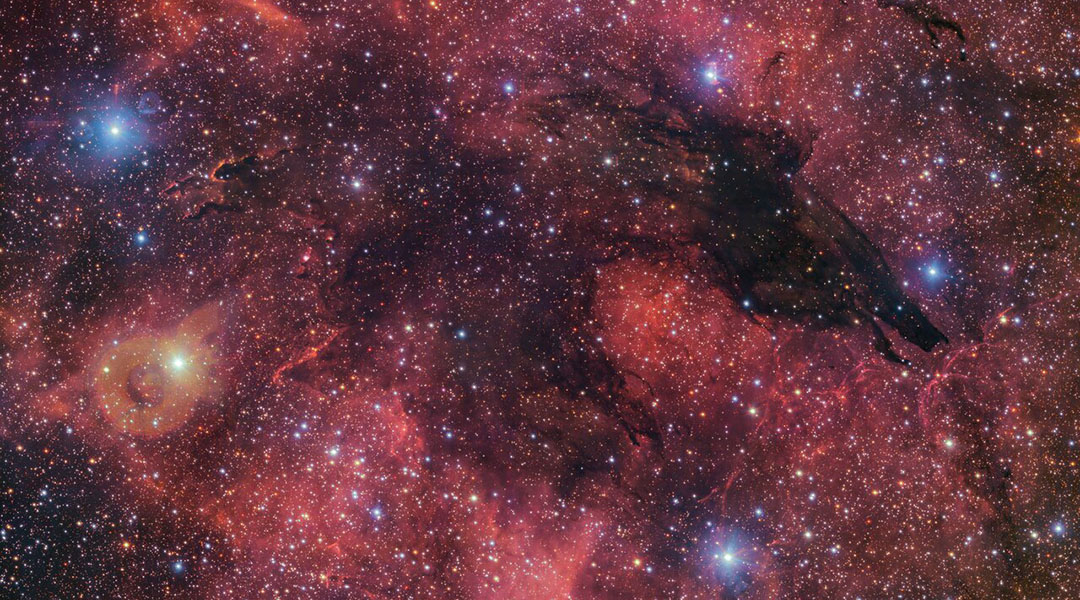
ESO reveals spectacular “Dark Wolf Nebula” in time for Halloween
This image of a dark nebula creates the illusion of a wolf-like silhouette against a colorful cosmic backdrop.

String theory provides a new take on the expansion of the Universe
String theory could reshape our understanding of the Universe’s accelerating expansion and unlock the mysteries of dark energy.

Newly discovered quantum object could usher in new era of technology
Once relegated to theory, a newly discovered quantum object could be used to create new devices that will outpace modern electronics.
